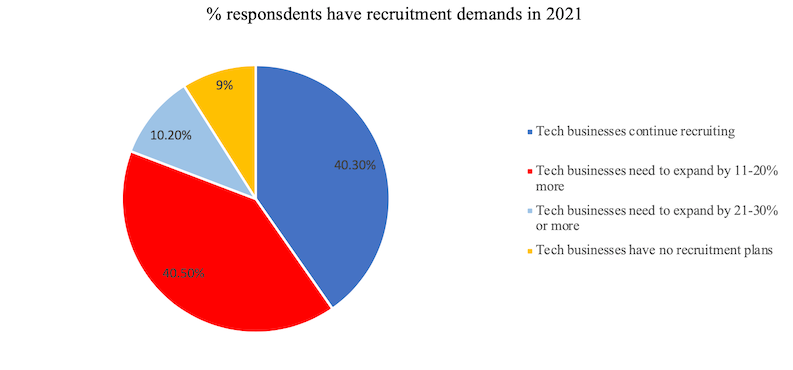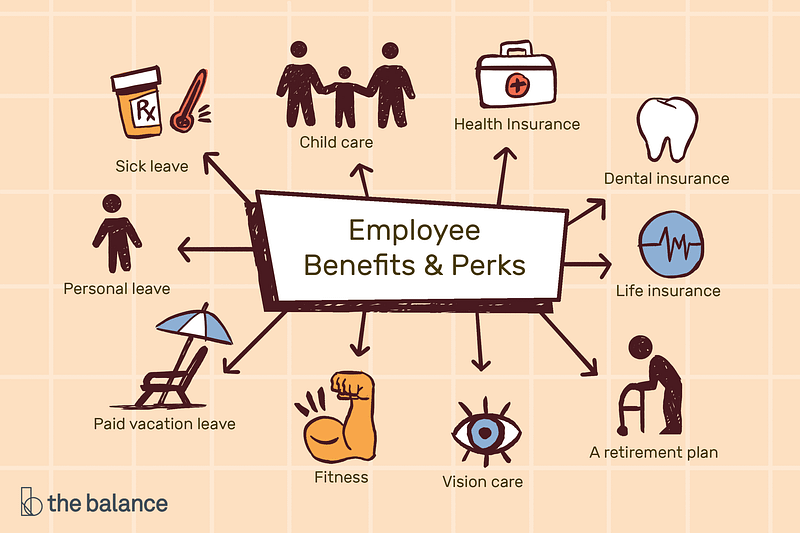Overview
A report conducted in 2020 by Navigos Group titled “ICT Employment: Current situation and strategy to meet new technology demands in Vietnam” showed that most technology companies aim to increase their employee scale in 2021. It shows how recruitment demands are rising rapidly in the Vietnamese tech scene.

According to this report, the top 3 fields that are high in demand for Technology Companies are full-stack (49%), Java & JavaScript (27%), Architect Design (22%). Some other new skills within the scope of computer science also have recruitment demands. Hiring demands for automation, machine learning development and blockchain development surge slightly by 18%, 11%, and 2% respectively.
The 5 biggest challenges that technology companies in Vietnam are facing include scarcity of IT human resources, labor costs have increased recently, privacy conditions, copyright policies are not strict enough, the education system does not focus on training science subjects (STEM), and lack of transparency. Among these factors, scarcity of IT human resources is the biggest challenge for IT companies. This scarcity of human resources results in businesses showing a more long-term vision by focusing on developing current human resources. 62% of businesses opt to restructure the skills for their current employees instead of hiring more, the rest of 56% choose to collaborate with universities in establishing work-study programs to equip students with the needed skill sets.
With high recruitment demands for IT talents and the challenges that come with it, tech companies and enterprises need to be strategic in their solutions to retain talents and keep up with the fast-changing trends.
Suggestions
Some actions for employers to consider include improving welfare and working environment. According to Navigos report, there’s a lack of mutual recognition in the improvement of salary and welfare in the industry. Candidate group don’t see the positive changes, and only 20% of them share the opinion that the industry’s labor costs have increased.

Due to the limited source of manpower, companies also should spend more time training and improving the skill sets of their current employees. Sending them to take more courses or supporting employees in getting higher education are some methods employers can take to improve the work quality and retain talents.
As mentioned above, enterprises should be more active in joint training at universities and institutions in order to ensure the quality of their future labor force. This can be done by holding training programs, offering internship opportunities or volunteer experiences for students in the STEM department. This will give these students hands-on experience and a feel of what it would be like once they step out into the workforce.
>> Read more: How Is AI Recruiting Technology Changing The Future of HR?
The JobHopin team

